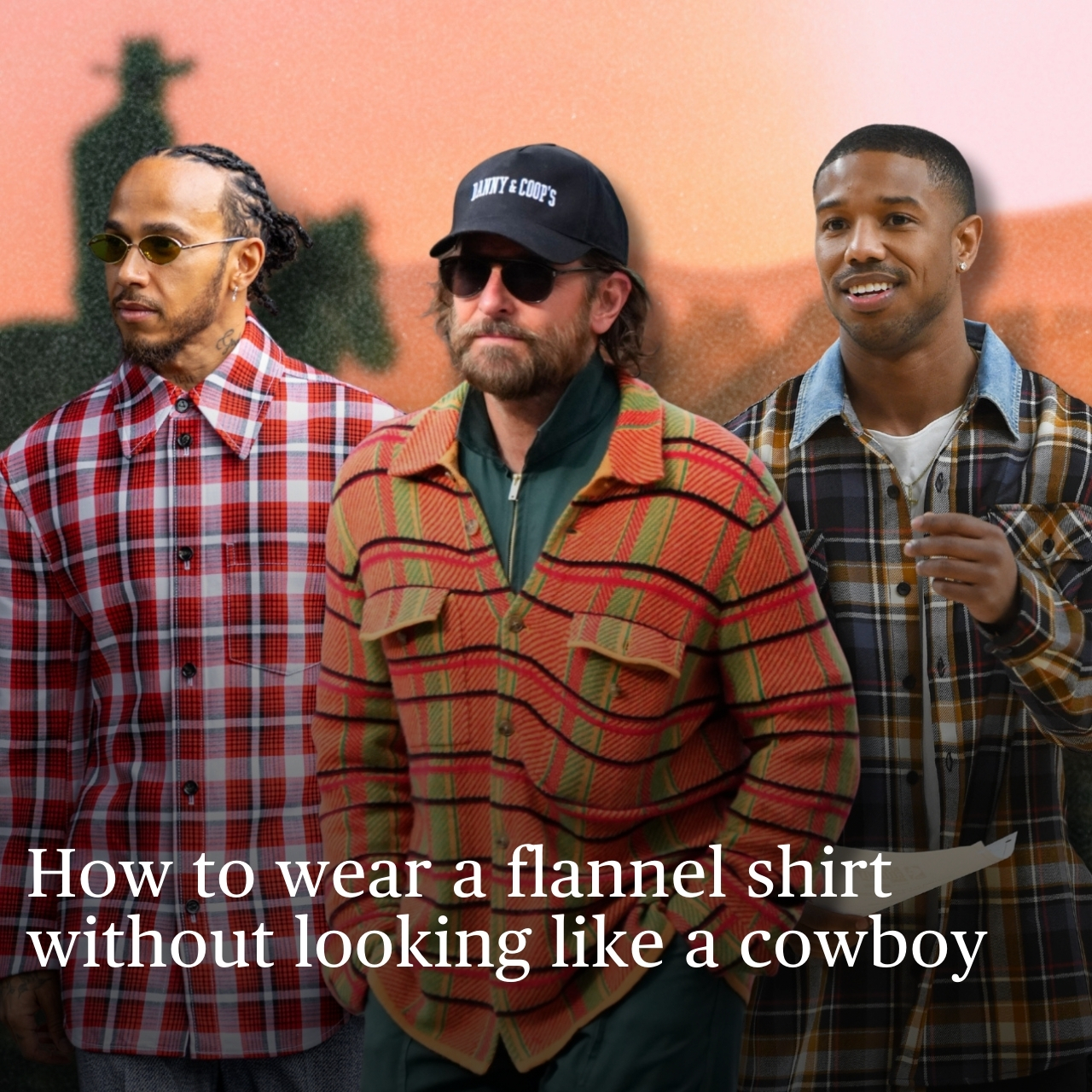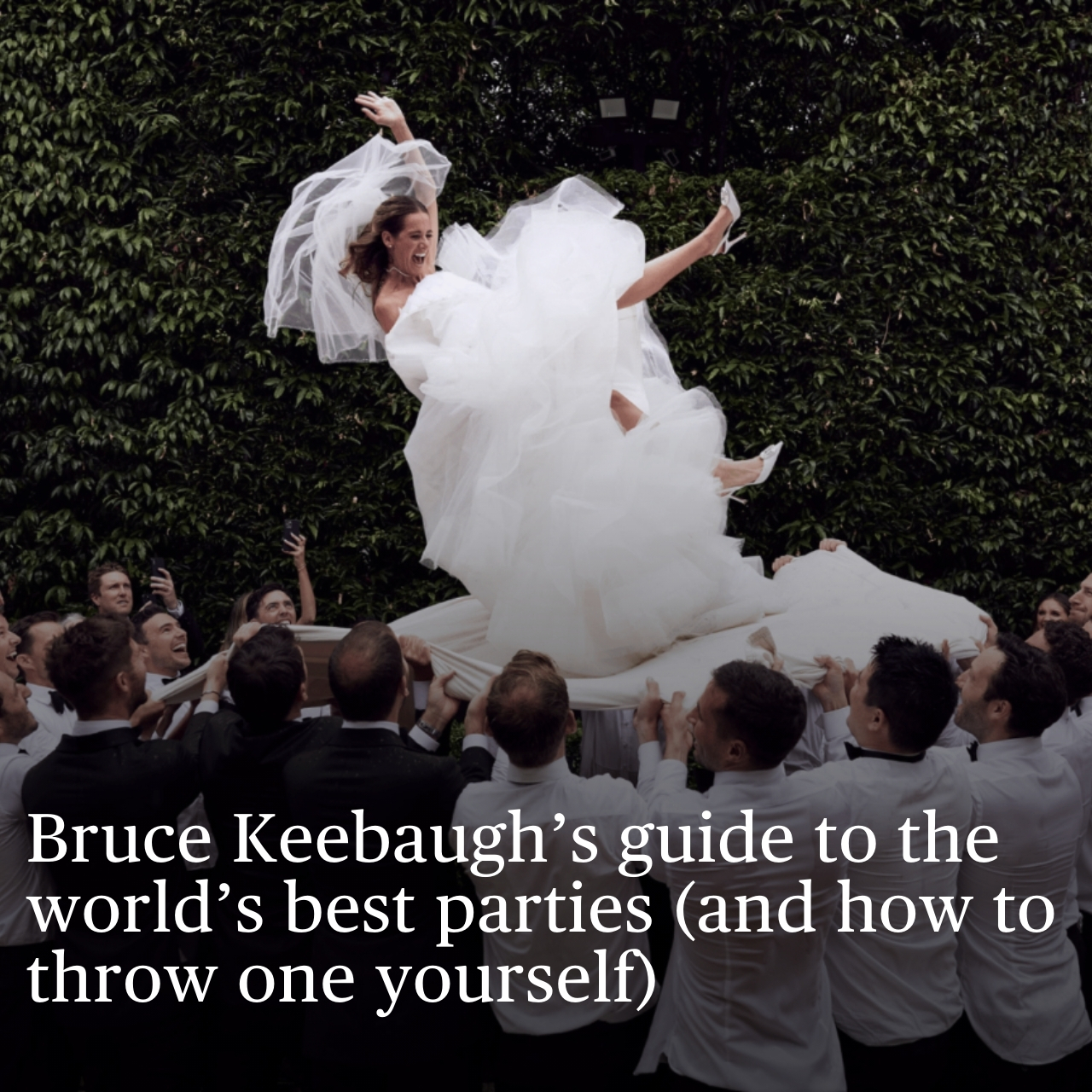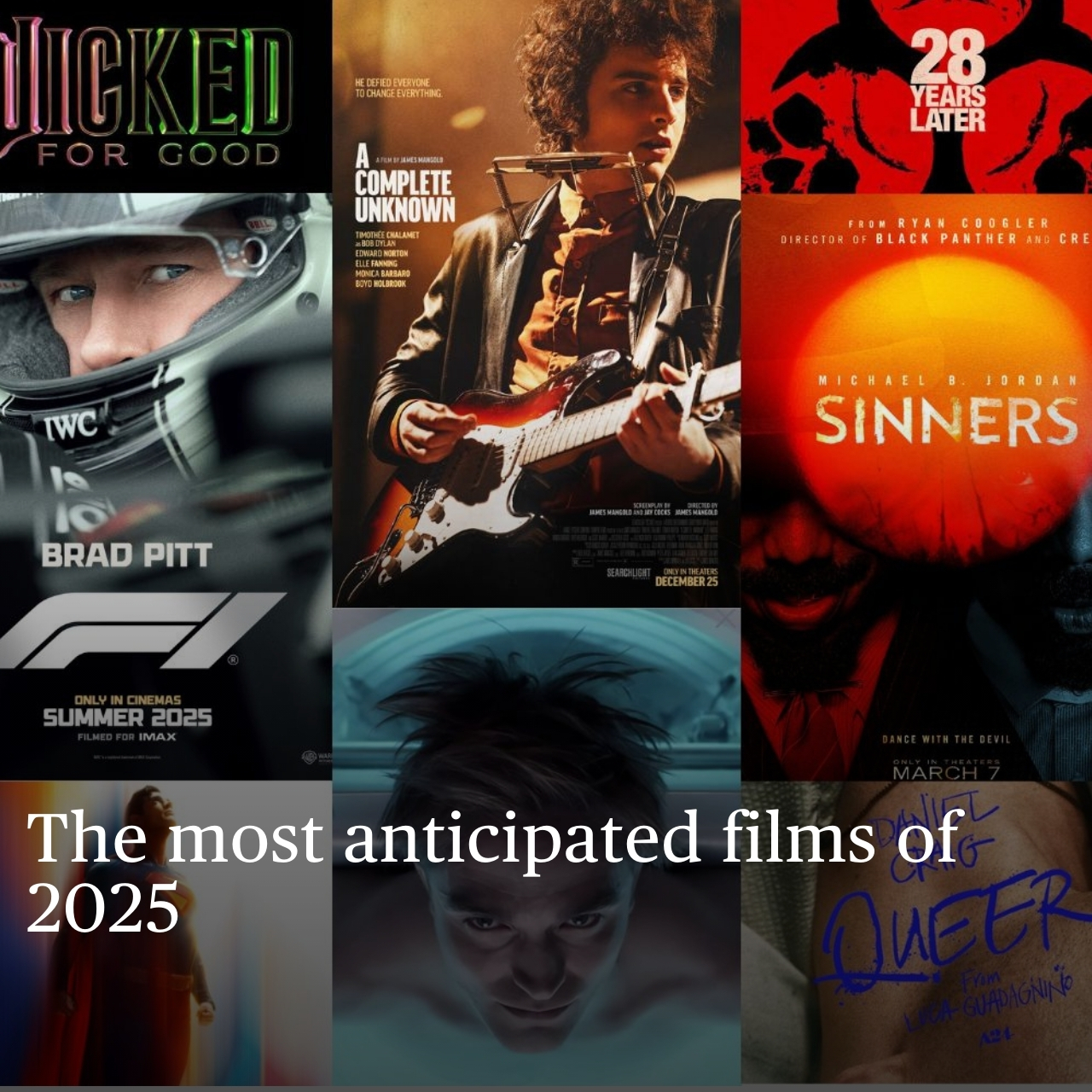Burberry’s spring 2026 RTW collection reminds us why British style is quintessential
Daniel Lee has been rebuilding the house from the seams up and the hard work has paid off
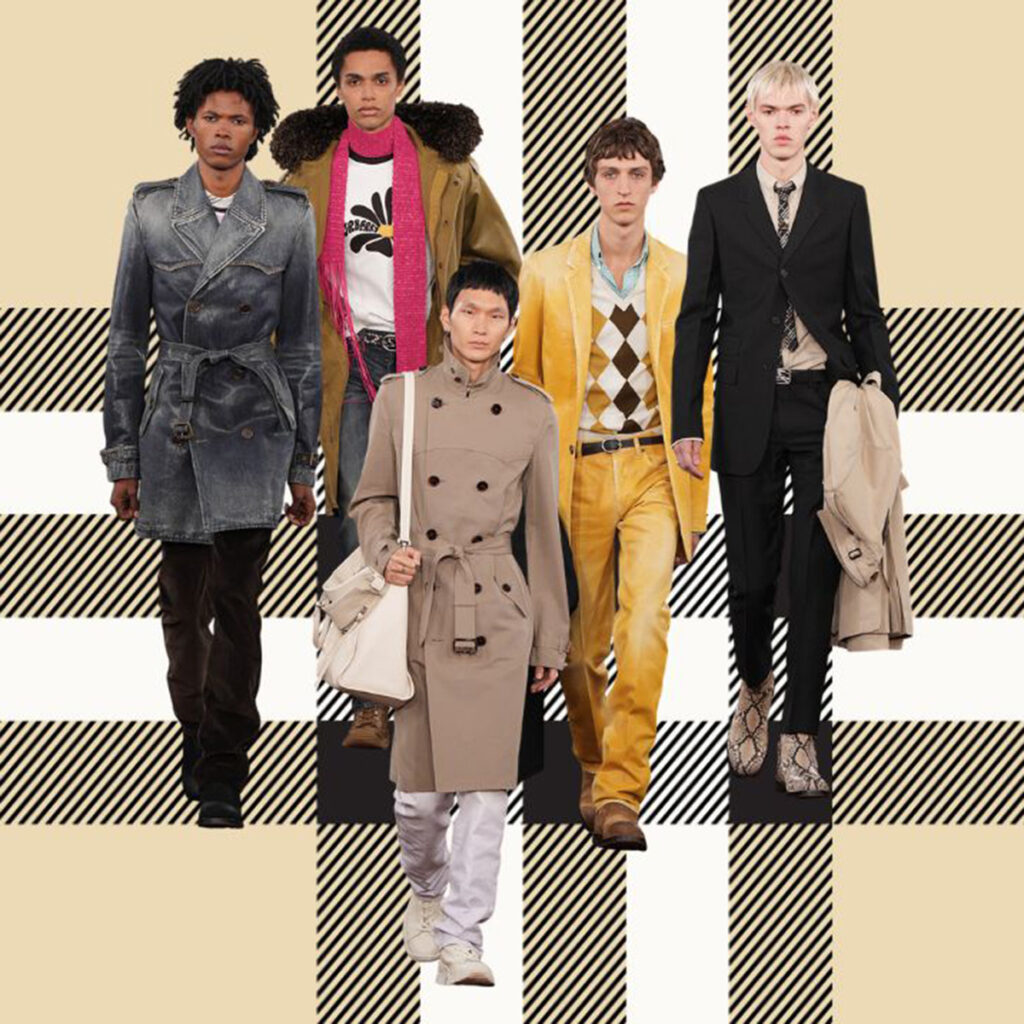
BURBERRY HAS, IN MY OPINION, always been at its strongest when it leans hard into its own Britishness. Christopher Bailey knew it. Riccardo Tisci tried to challenge it. Today, Daniel Lee is reviving it. Some might call this just nostalgia for Cool Britannia, and to some degree, that’s true. But romanticising the past isn’t what’s happening here.
That would miss the point that Burberry is built on an idea and concept of British culture that isn’t fixed in a single moment in time. Rather, it retains a sense of its own awareness as a prop for said cultural language: the trench, the scarf, the bucket hat, the original knight logo and the instantly identifiable Burberry Check. Somewhere along the way, these props were replaced and, like an actor who misses their mark on the stage, Burberry seemed to forget their lines for a few years.
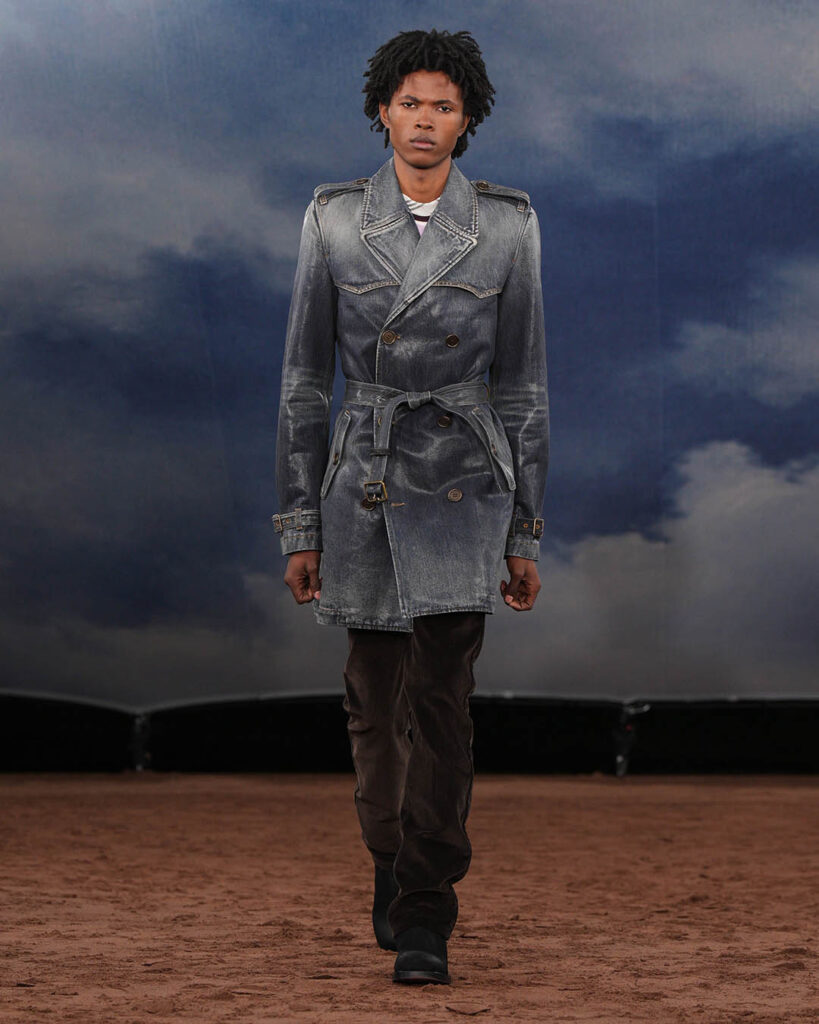
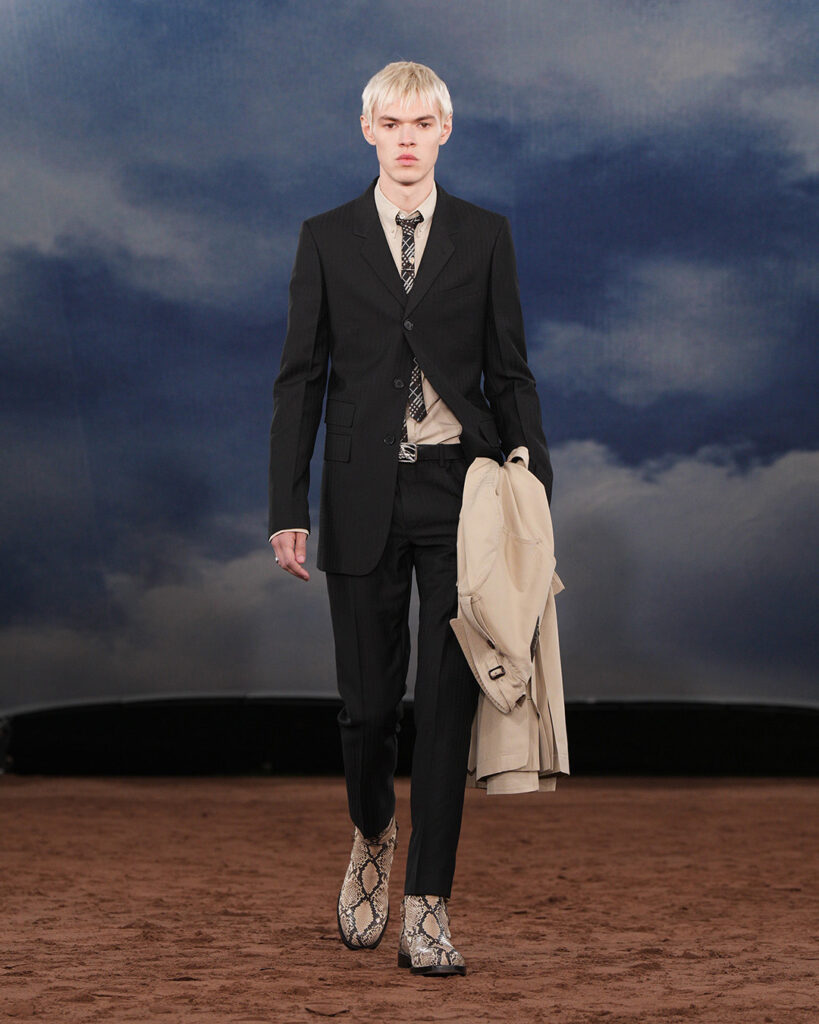
Daniel Lee understands this. Since taking the reins of the heritage brand back in 2022, he has been rebuilding the iconic house from the seams up. What started as a slow and steady climb amid some commercial uncertainty has found a firm footing in Lee’s balance between vision and verisimilitude.
That balance was on full display at Perks Field, the Kensington Gardens patch where Burberry once staged some of its most memorable shows, and which Lee returned to for spring/summer 2026. The choice of location carried more than a whiff of symbolism. Perks Field is where Burberry sharpened its contemporary identity during the Christopher Bailey years, the very era that cemented its reputation as Britain’s tentpole brand. To revisit it now, under a gabardine tent that may well have been the same one used a decade earlier, was both homage and reclamation.
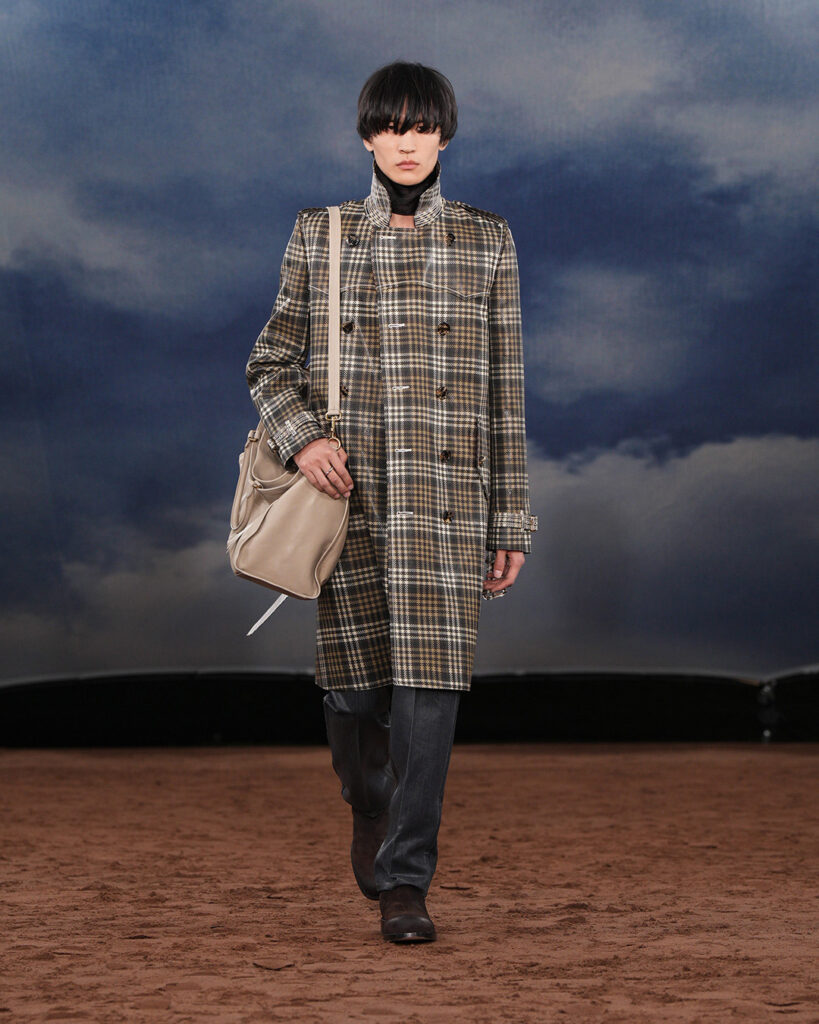
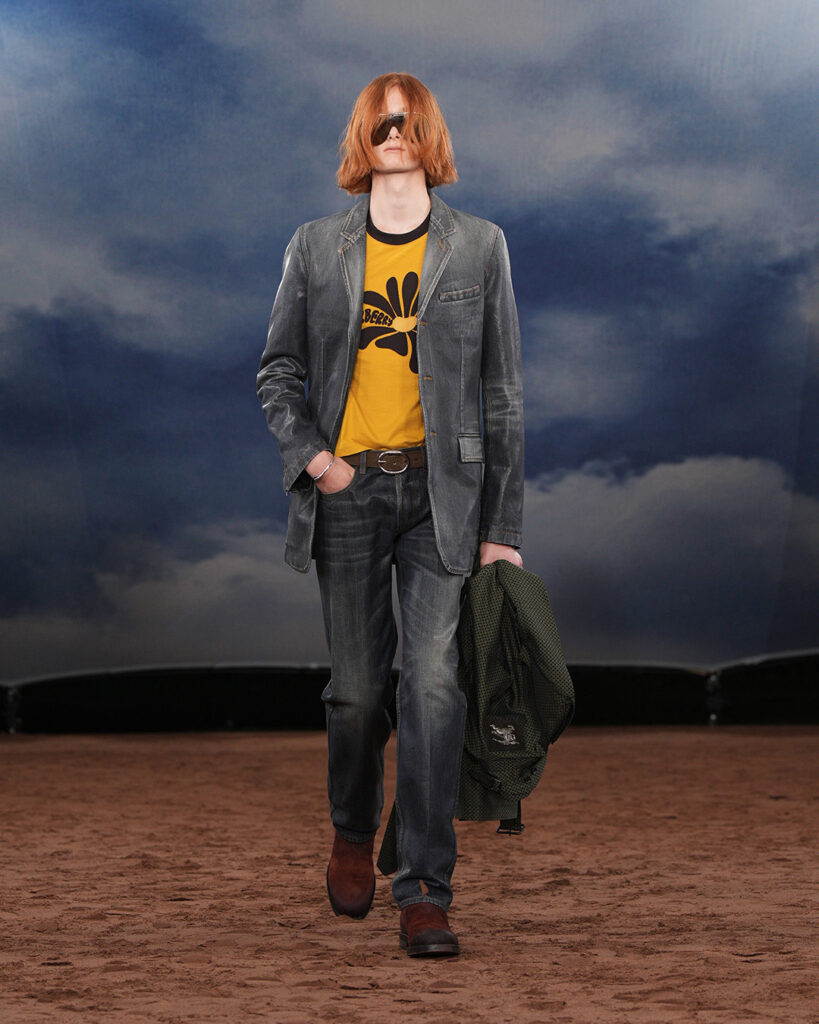
The collection itself riffed on the interplay between music and fashion, two strands of British culture that have always tangled together. Lee’s own background, shaped by a Harley-riding father and a soundtrack of Black Sabbath (RIP Ozzy), framed the show’s mood. The house soundtrack, arranged by Benji B, drew on the metal pioneers’ archive, setting a heavier tone than the usual orchestral gloss. But the clothes pushed further, sampling from the full spectrum of the UK’s music scene.
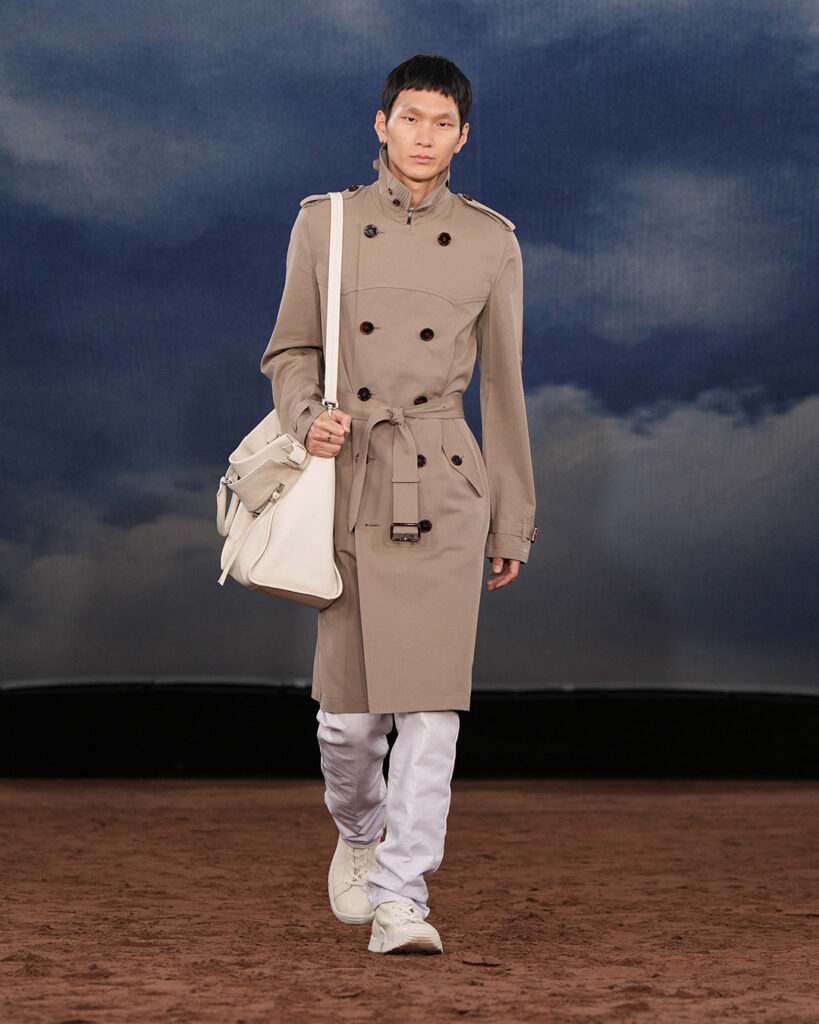

Silhouettes shifted back towards skinny, with Beatles and Small Faces-inspired tailoring spliced into Burberry’s canon. Trench coats were cropped, suede-punched with paisley, or woven in raffia with jolts of check. There were minidresses in chainmail mesh, beaded skirts that caught the light like disco balls, and crocheted trousers that blurred handcraft with futurism. Outerwear carried a military edge: surplus-style parkas with shearling hoods, waxed-cotton trenches cut like denim jackets, bombers with sunburst insignia that revealed themselves again on tarot-printed scarves.
Accessories struck a festival chord – another peak element of British pastimes. Whipstitched bags, stacked boots, slouchy totes with equestrian details, while the colour palette anchored in beige, indigo and brown was jolted with acid brights. It was nostalgic without being indulgently retro, familiar without repetition.
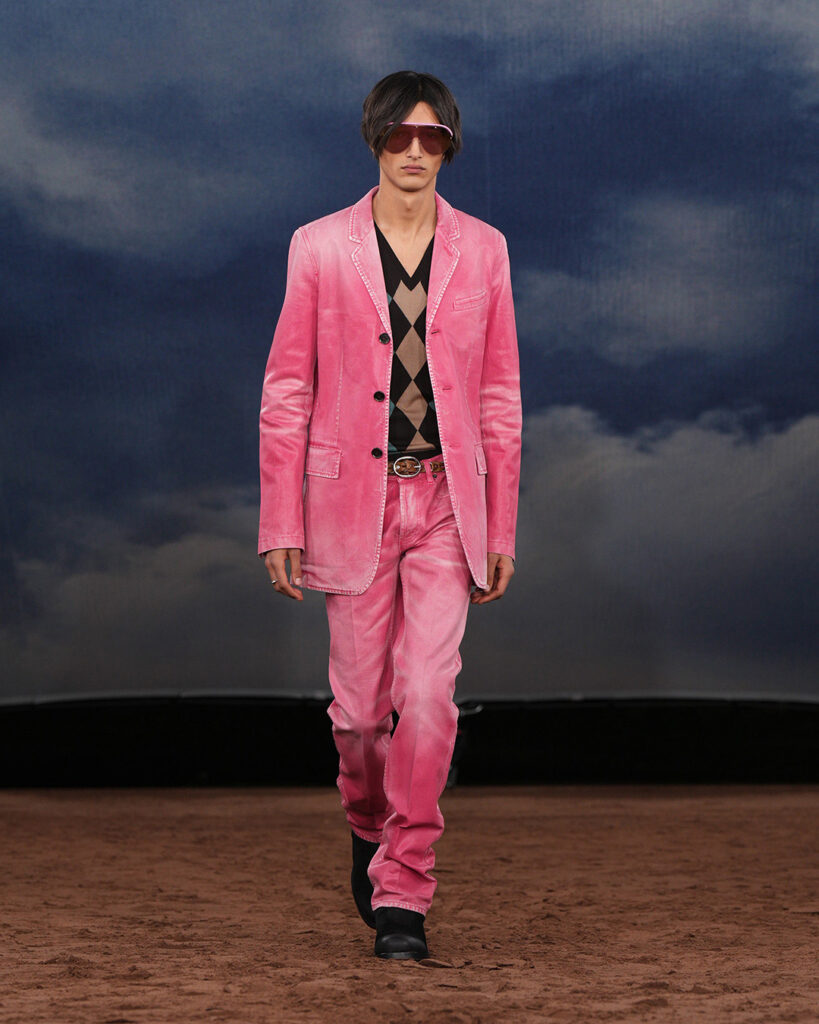
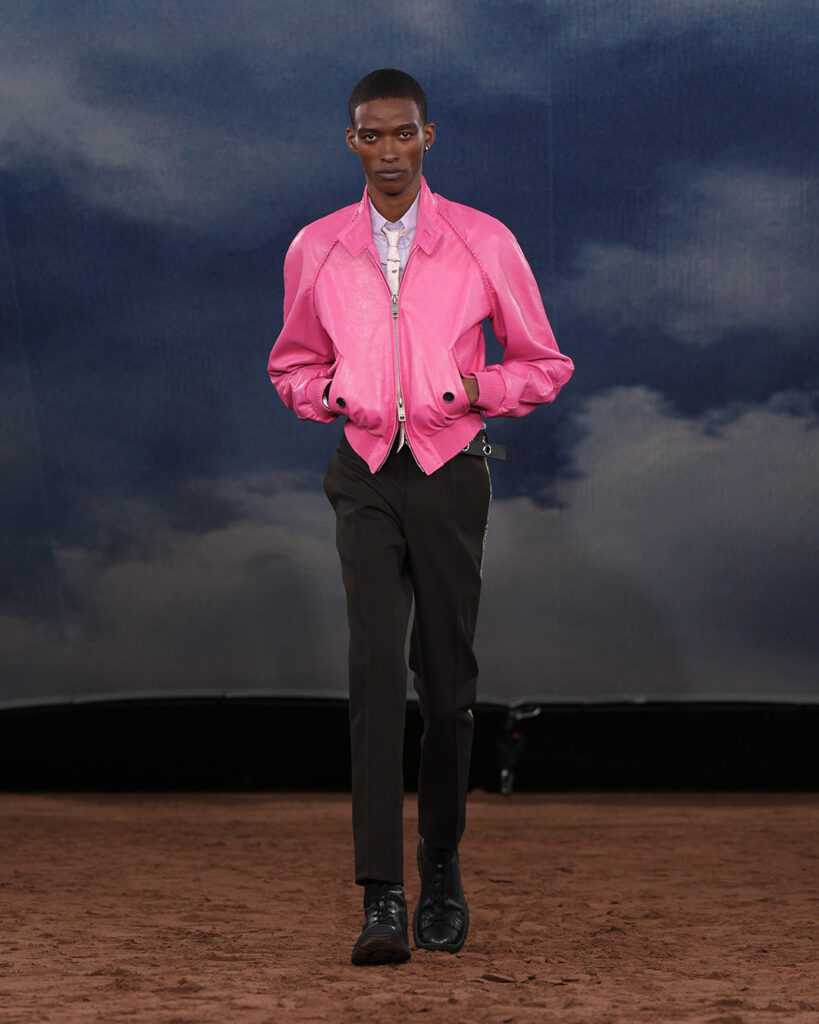
To his credit, Lee is clearly not interested in reviving the brand via a remake of his more successful predecessor’s work. It’s not a reboot, either. He is remixing, splicing, and layering the brand’s codes the way an auteur does cinematic themes. The result is a collection that recognises the breadth of Britain’s cultural biopic while staying distinctly Burberry – a reminder that when the house embraces its Britishness head-on, it plays louder and clearer than anyone else.
Related:
Opposites attract: the brilliance of Burberry’s new colour theory




